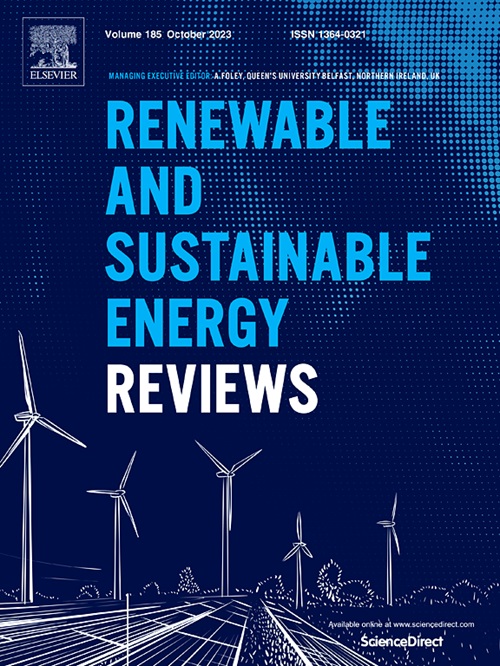The evolution of circular economy performance assessment: A systematic literature review
IF 16.3
1区 工程技术
Q1 ENERGY & FUELS
引用次数: 0
Abstract
Circular economy (CE) paradigm is applied in organisations at different levels (companies, supply chains, and ecosystems) to maximise resource use and minimize waste generation, presenting itself as an alternative to the traditional linear economy. However, a gap persists in the availability of standardised, comprehensive methods for assessing CE performance across diverse sectors and levels. Current methodologies often lack consistency, comparability, and applicability to complex systems, highlighting the need for further improvement, mainly considering the growing interest in adopting CE practices, also in compliance with emerging standards and frameworks (e.g., ISO 59000 and Digital Product Passport (DPP)). To support and theoretically ground the filling of these gaps, a systematic literature review (SLR) exploring the evolution of CE performance assessment methods has been conducted by considering as main drivers of analysis the type of variables analysed in the circular systems, the layer of the triple bottom line of the sustainability addressed, and the stage of the system lifecycle considered. It updates and compares the results obtained with those presented in a previous work analysing literature in the same domain up to 2018. The results showed that Life Cycle Assessment remains the most widely used method for lifecycle environmental impact assessment of circular systems, followed by Multi Criteria Decision Making, particularly in End-of-Life and for sustainability aspects. Alternative methods highlight the need for innovation, with some studies proposing industry-specific indicators or combined approaches. Finally, a comprehensive framework is needed to evaluate both positive and negative impacts; standardised Key Performance Indicators, aligned with ISO 59020:2024 and interoperable with DPP, would enhance consistency; and a unified methodology should be developed for CE assessment across all levels, ensuring resource efficiency and sustainability.
求助全文
约1分钟内获得全文
求助全文
来源期刊

Renewable and Sustainable Energy Reviews
工程技术-能源与燃料
CiteScore
31.20
自引率
5.70%
发文量
1055
审稿时长
62 days
期刊介绍:
The mission of Renewable and Sustainable Energy Reviews is to disseminate the most compelling and pertinent critical insights in renewable and sustainable energy, fostering collaboration among the research community, private sector, and policy and decision makers. The journal aims to exchange challenges, solutions, innovative concepts, and technologies, contributing to sustainable development, the transition to a low-carbon future, and the attainment of emissions targets outlined by the United Nations Framework Convention on Climate Change.
Renewable and Sustainable Energy Reviews publishes a diverse range of content, including review papers, original research, case studies, and analyses of new technologies, all featuring a substantial review component such as critique, comparison, or analysis. Introducing a distinctive paper type, Expert Insights, the journal presents commissioned mini-reviews authored by field leaders, addressing topics of significant interest. Case studies undergo consideration only if they showcase the work's applicability to other regions or contribute valuable insights to the broader field of renewable and sustainable energy. Notably, a bibliographic or literature review lacking critical analysis is deemed unsuitable for publication.
 求助内容:
求助内容: 应助结果提醒方式:
应助结果提醒方式:


